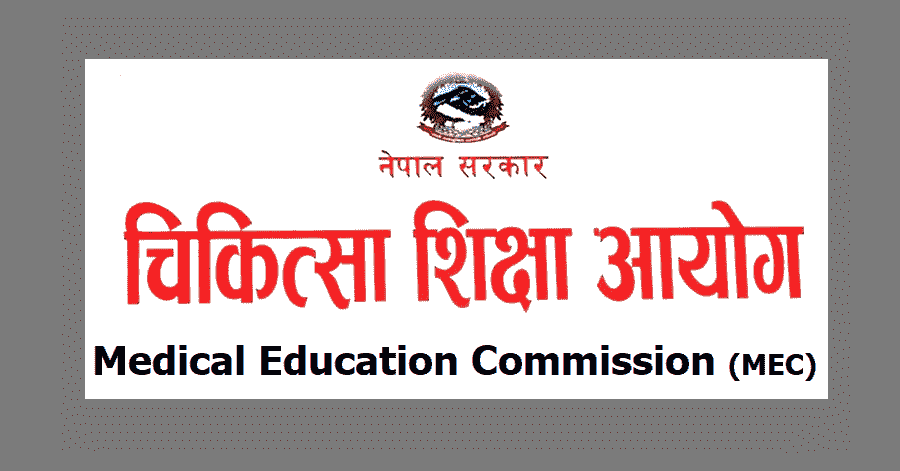
Significant Change in Nursing Education Policy for PCL Nursing BSc Nursing
The Medical Education Commission recently announced a transformative decision allowing colleges to offer both Certificate (PCL) and Bachelor-level nursing programs. This move, inspired by recommendations from a dedicated working group, aims to expand educational opportunities and address challenges in the nursing sector.
Key Details of the Decision
- The decision was influenced by the insights of a working group led by Sarla KC, chairperson of the Nepal Nursing Council.
- This policy change permits institutions already offering undergraduate nursing programs to incorporate Certificate-level (PCL) nursing courses.
- An exception to the Medical Education Act 2075, which restricted higher education institutions from offering certificate or lower level programs, this decision highlights a strategic pivot to enhance nursing education accessibility.
Impact on Nursing Education Capacity
- Currently, approximately 50 medical colleges offer nursing at the undergraduate level, potentially opening doors for over 2,000 new students to pursue PCL nursing.
- The policy aims to counteract the decline in student enrollment caused by stringent infrastructure requirements, thus revitalizing the nursing education sector.
Implementation and Compliance
- The decision mandates that interested colleges obtain affiliation from the Council for Technical Education and Vocational Training (CTEVT) to offer PCL courses.
- Standards set by CTEVT and the commission must be met, especially regarding practical training facilities, to ensure quality education.
Concerns and Criticisms
- Despite the optimistic outlook, some experts express concerns regarding the potential impact on the quality of medical personnel training.
- Srikrishna Giri, a former vice-president of the commission, criticized the decision as legally and qualitatively flawed, fearing it might compromise the integrity of medical education.
The Way Forward
- The decision represents a critical step towards addressing the shortage of skilled nursing professionals and improving the quality of healthcare services.
- It underscores the commission's commitment to adapting educational policies in response to sectoral needs and challenges.
This policy shift by the Medical Education Commission marks a significant milestone in nursing education, aiming to increase the availability of quality training programs and address the critical shortage of nursing professionals. While it brings optimism for the future of healthcare education, careful implementation and adherence to quality standards are essential to ensure its success and sustainability.
Key Statistics:
-
Number of Medical Colleges Offering Undergraduate Nursing: About 50 colleges are currently providing nursing education at the undergraduate level.
-
Potential Increase in Student Admission: The decision could allow for more than 2,000 students to gain admission to pursue Certificate-level (PCL) nursing if taught in these colleges.
-
Previous Enrollment Quotas for PCL Nursing: Until the year 2075, there was an enrollment quota for more than 5,000 students for PCL nursing programs.
-
Current Seats Available for Admission: According to the Council for Technical Education and Vocational Training (CTEVT), there are now only 1,900 seats available for PCL nursing admission, indicating a significant decrease from previous years.
-
Impact of Infrastructure Requirements on Colleges: The requirement for a college to have its own 100-bed hospital for PCL nursing education has led to a decrease in the number of operational nursing colleges and, consequently, a contraction in student enrollment quotas.
-
Legal Framework: The Medical Education Act 2075 initially prohibited universities and health science institutes from conducting certificate or lower level programs in medicine, which has been adjusted for nursing education following this decision.
-
Size of the Working Group: A seven-member working group, consisting of representatives from various institutions, made the suggestion that led to the policy change.
-
Historical Context: In 2067, a decision was made requiring educational institutions to have their own hospital to improve the quality of nursing education, which was not fully implemented.
-
Participants in Entrance Exam: Around 10,000 students participate in the entrance exam for nursing education, indicating a high level of interest and demand for nursing programs.





